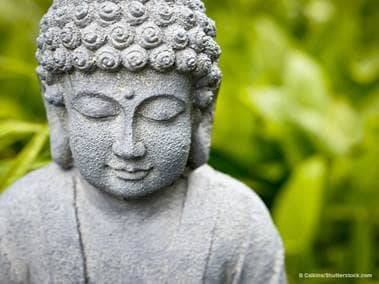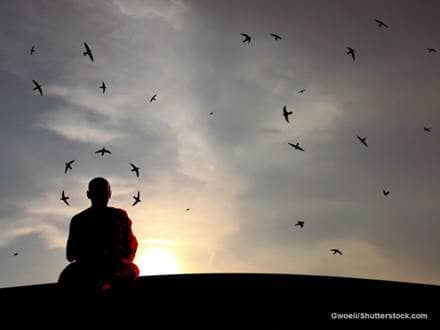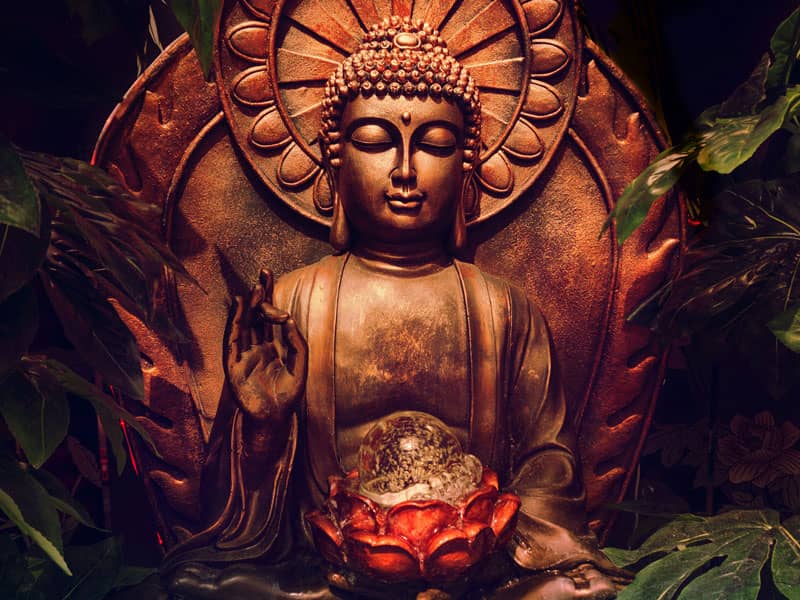
For many of us, this is probably the norm. Gentrified Buddhism is all the rage. Even billionaire CEO’s, rock stars, and actors are Buddhists, but this isn’t the problem. The problem is, Buddhism in America has become largely inaccessible to the masses. Instead, it has become a capitalistic endeavor - a money making pastime that is everything but what the Buddha actually taught. It has become Christianity’s false prosperity gospel, where instead of Jesus saying, “sell all you have and give to the poor,” it is preached that Jesus wants you to be rich like me, and live in a 35 million dollar mansion.
The pursuit of wealth, items and status are little more than extreme grasping. It is an attempt to control a world in flux and seek non suffering through the very path of suffering itself. In the Jatakamala, Buddha says, “Riches make men greedy, and so are like caravans lurching down the road to perdition.” Seems kinds of rough, right? “But I’m not attached,” you may think, “and it’s attachment that causes suffering, not all my stuff.” When we have to justify, we probably have our answer right there; the wise give and the wicked hoard.
In American Buddhism, we don’t use words like wicked, evil, etc. because it’s just not cool - it’s too preachy. In reality, the problem is more likely that it doesn’t appeal to our ego. The Buddha was blunt. This is the path to suffering and this is the path out. Sadly, we have gone the way of the dodo far too often; our ‘Buddhism’ is a status symbol, a pastime, a way to remain ethical millionaires - a Buddhism for Bourgeoisie. We can’t serve two masters though; “one is the way to gain, the other to nirvana..”(Dhammapada).
So how do we engage the dharma? First and foremost, we must realize that it is not a purchase to be made. It does not require a single item, but was freely given to all sentient beings. The Buddha gave away his attachments and then sat under a tree. No zafu, no meditation tray, and most likely, no mala. It was a process of meeting the mind. It was a removal of all unnecessary thoughts and ideas.

How do we break this habit formation? How do we fully engage the eightfold path of right livelihood, right speech, right action, etc.? We remember that the engagement is not an issue of putting yourself first. The process of dharma teaching, while taught as a self liberating tool, was also put down as a social reform; a way to create a unique society free of bondage, war, malice and the like. In order for our right path to be manifest, it must be right for all beings. We break our attachment when we stop asking how can this serve me and instead, how can we best serve each other.

